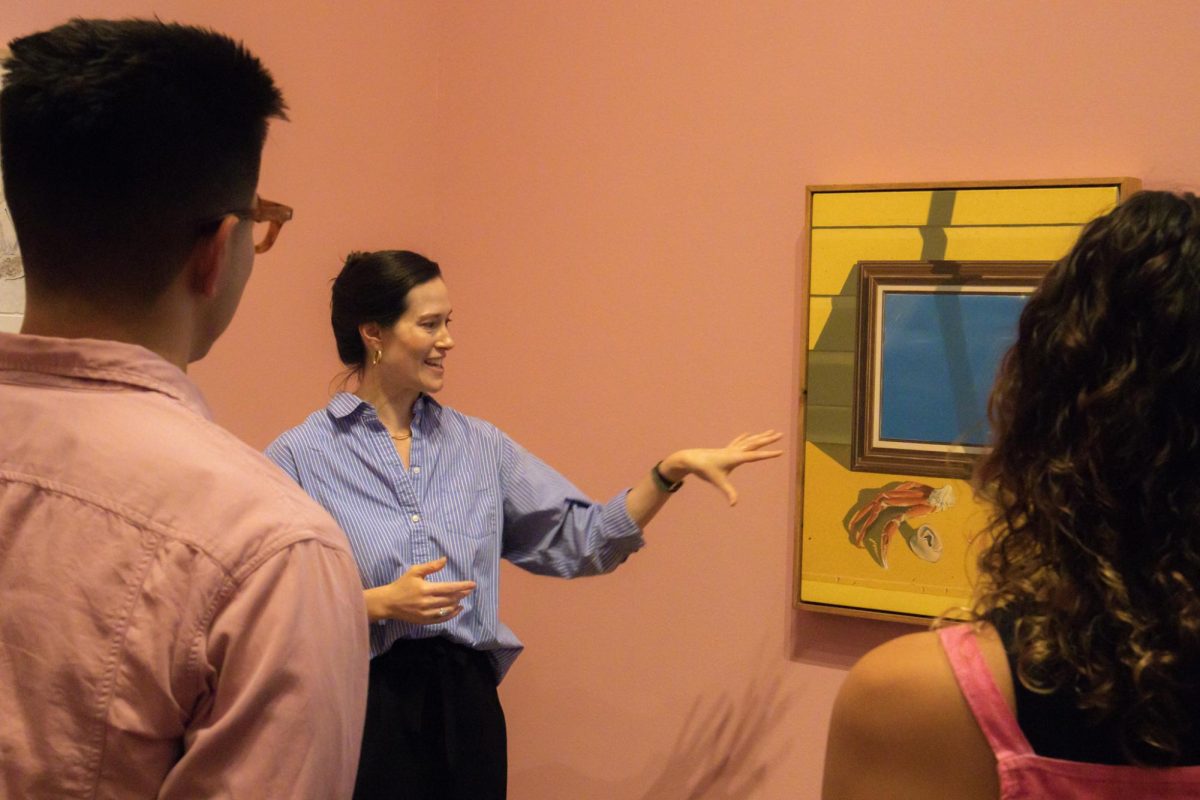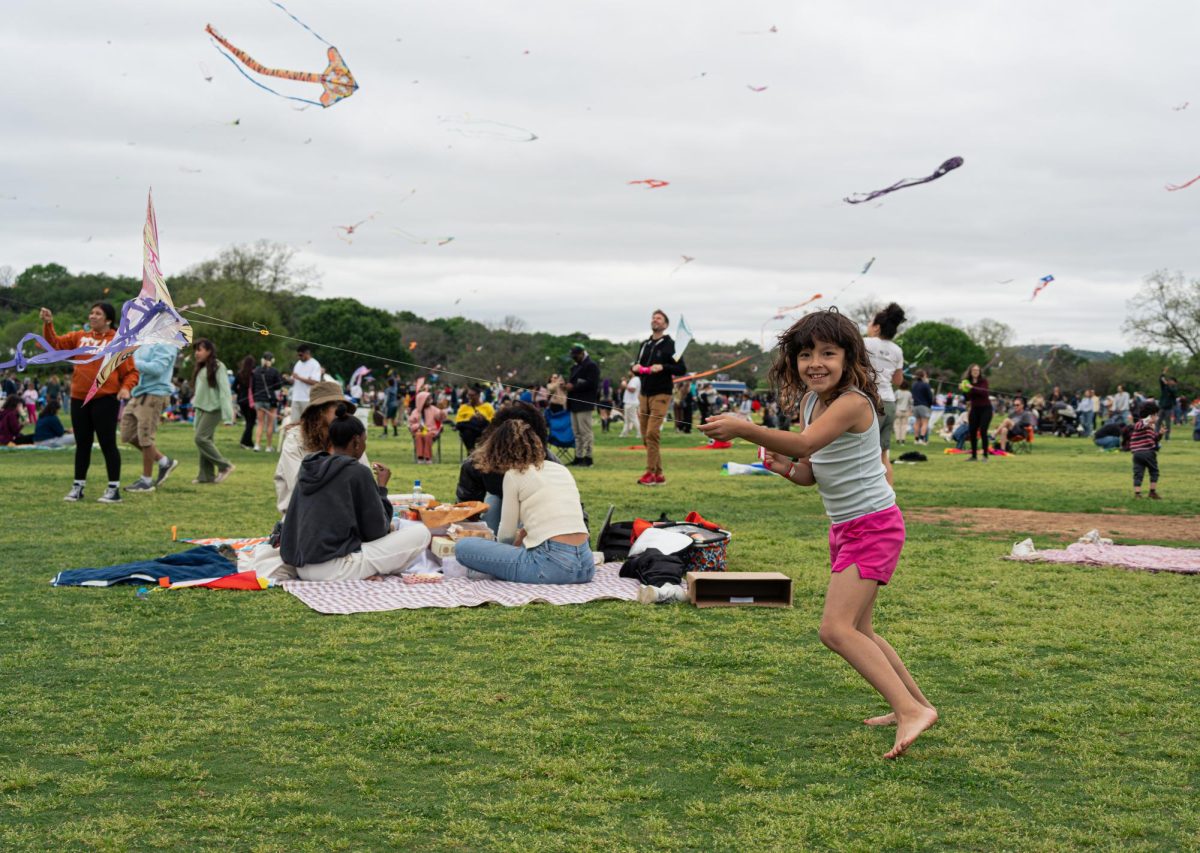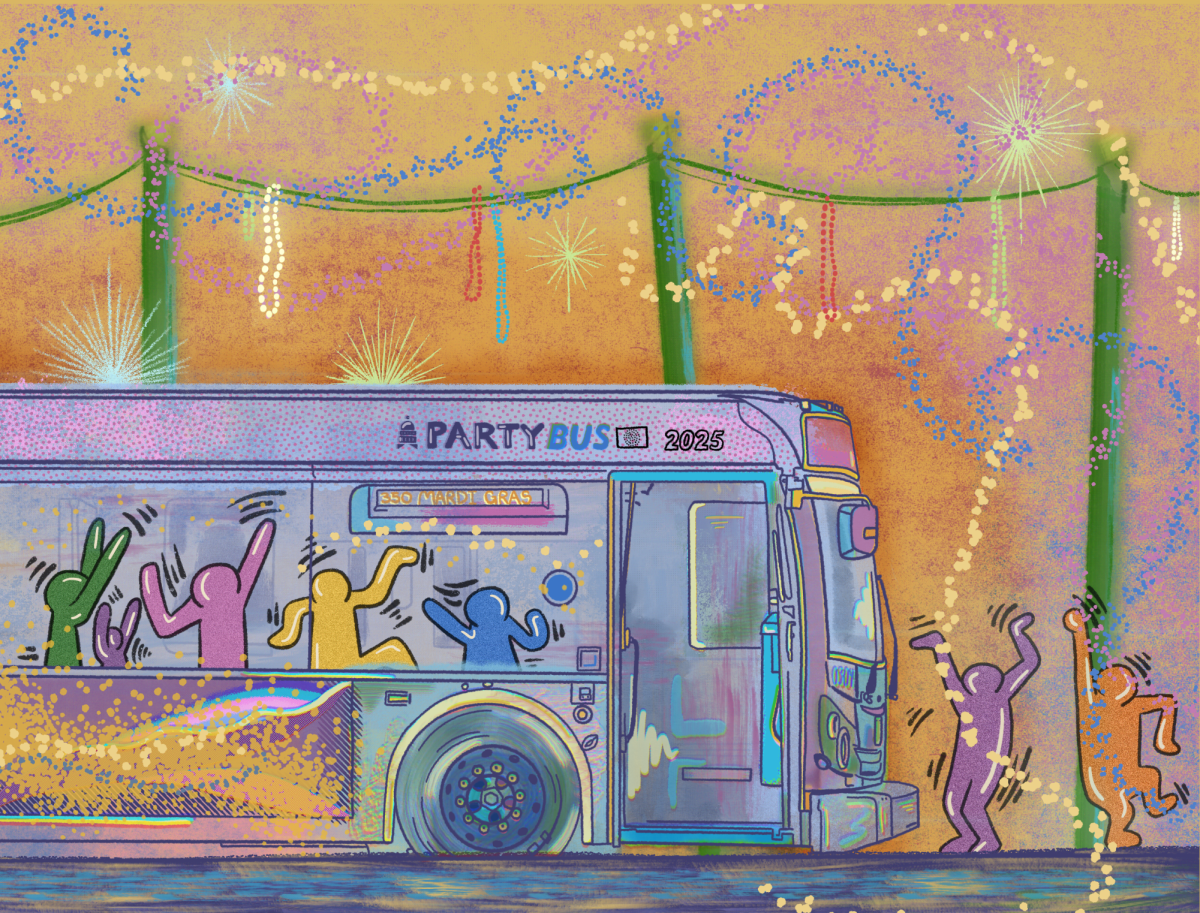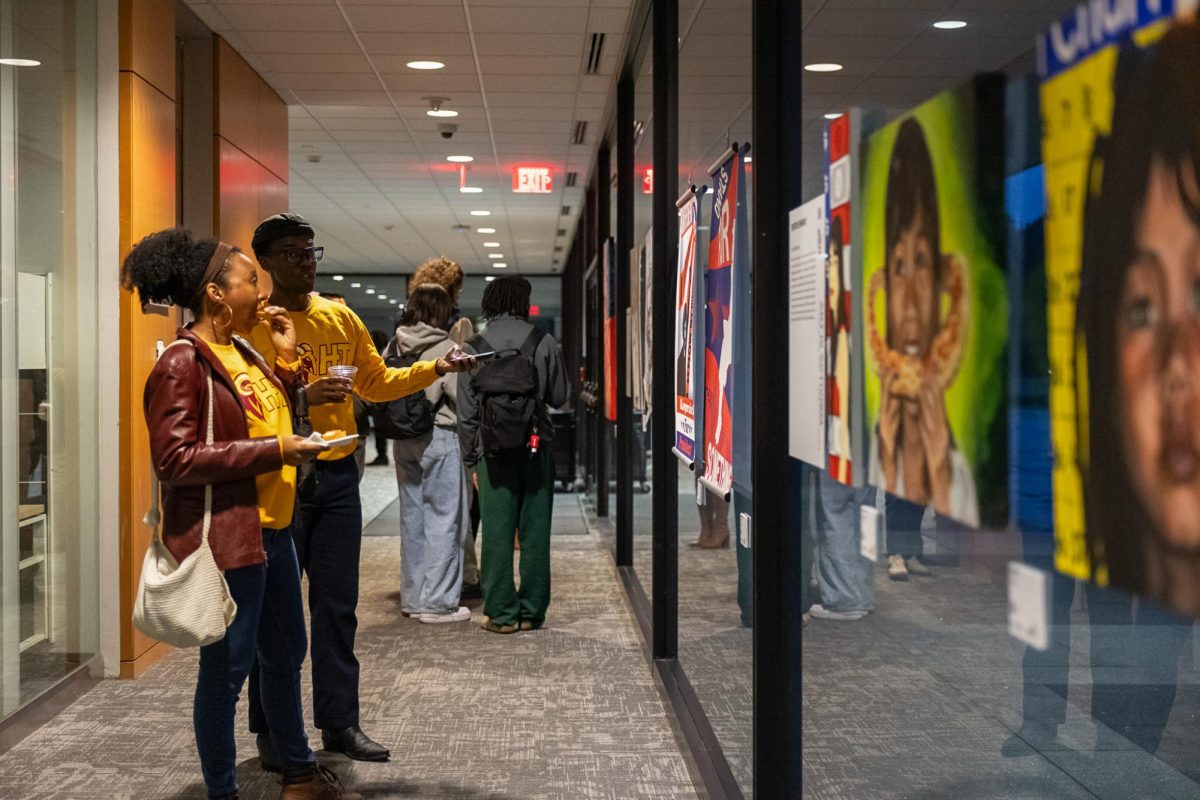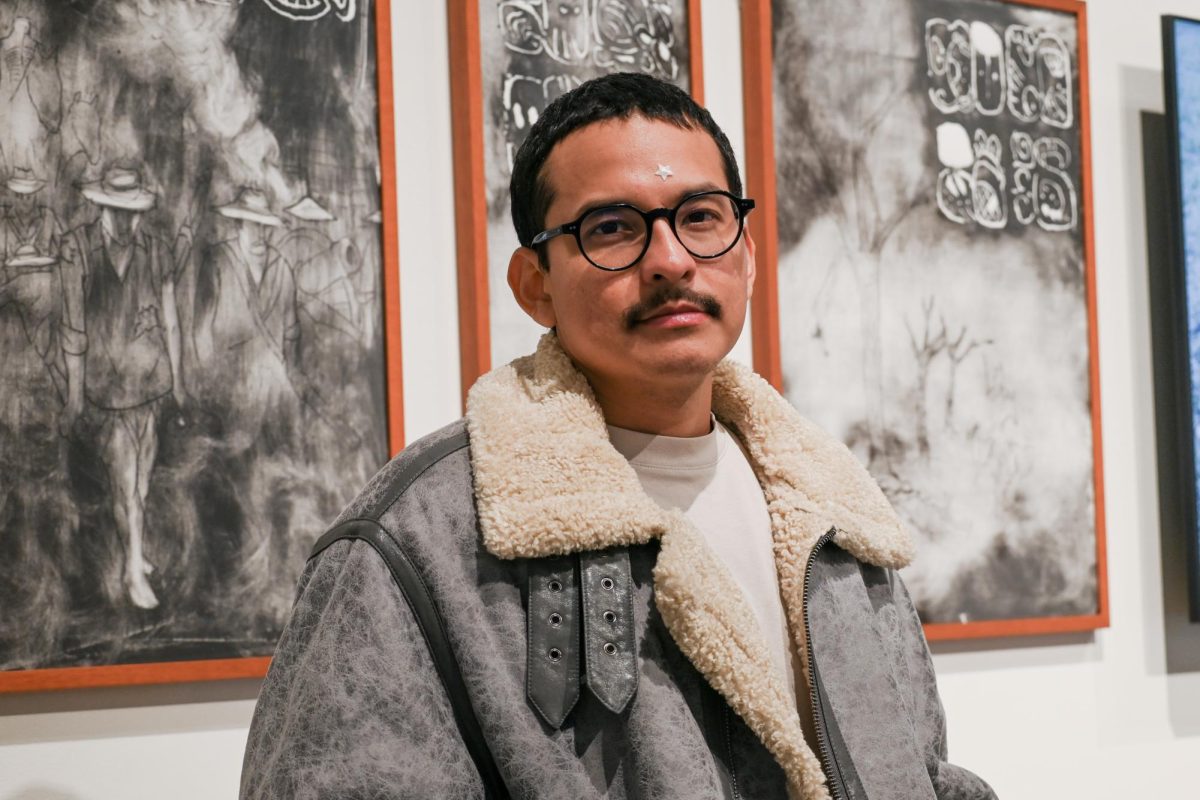Dream-like and distorted images of the bizarre decorate striking pastel pink walls — what curator Claire Howard (art history, ‘20) said pays homage to a 1959 international surrealist exhibition in Paris. A dream-come-true for Howard, who wrote her dissertation on surrealism when pursuing her doctorate at UT, the exhibit ended her time at the Blanton with avant-garde fashion.
The Blanton’s newest exhibition, “Long Live Surrealism! 1924-Today,” which opened Saturday, celebrates the 100th anniversary of surrealism through the work of traditional and contemporary artists. The exhibit features work of well-known traditional surrealist artists, like Salvador Dalí and Frida Kahlo, as well as contemporary artists — including two UT alumni. A passion project of Howard’s, it emphasizes a deeper understanding of surrealism as a historical movement and an ongoing, generative force.
“It’s important to think of surrealism as a worldview and as something that was always meant to be revolutionary,” Howard said. “(Surrealism is) depicting things that are unreal in this hyper realistic way… that could lead us to kind of think about new possibilities for our everyday existence.”
Howard organized the exhibit based on different recurring themes within surrealism over the years including dream imagery, abstraction and surrealist depictions of the human body.
“These groupings … allow us to travel across time and space (and) see how different artists are responding to surrealism in different ways (and) contexts,” Howard said. “(Surrealism is) extremely interdisciplinary.”
At the exhibit’s entrance, “Temptation Island” by Emily Mae Smith (studio art, ‘02) features a combination of a hyper-realistic still life and cartoon-like symbolic imagery referencing the Garden of Eden. Smith said her use of recognizable symbols allows for different interpretations of the work.
“Painting (is) this living thing that can also just travel through time and become something that means something different later, both to the artists who made it but also to the people who see it,” Smith said. “In surrealism, we have a lot of mixture of symbols, meanings and messages getting crossed and shaken up.”
“Pony Cocoon” the exhibit’s only film-based media, by Virginia L. Montgomery (VLM) (studio art, ‘08), features surreal iconography of a Luna moth emerging from a ponytail. VLM said the “interior landscape of her own dream world” heavily influences her art.
“All of us collectively are living in a very surreal era,” VLM said. “Many of the (surrealist practices) … developed over 100 years ago are especially relevant for those of us alive and trying to make sense of the strange 21st century world.”
Howard, Smith and VLM find the surrealism’s relevance heightened with the presence of machine-generated art. Smith sees surrealism as a force against AI and a tool for preserving the value of the human imagination.
“We’re in a time where surrealism is being examined again and seen as very impactful,” Smith said. “(AI can’t) actually create the unexpected. That’s the opposite of what (it does).”
After a century, contemporary artists continue responding to surrealist ideas, which Howard said is because the interior-inspired nature of the style draws artists of all generations.
“Rather than looking into the external world for your artistic stimulation, (you are) looking inside yourself,” Howard said. “That’s part of why surrealism has remained this open ended thing that so many artists respond to.”


